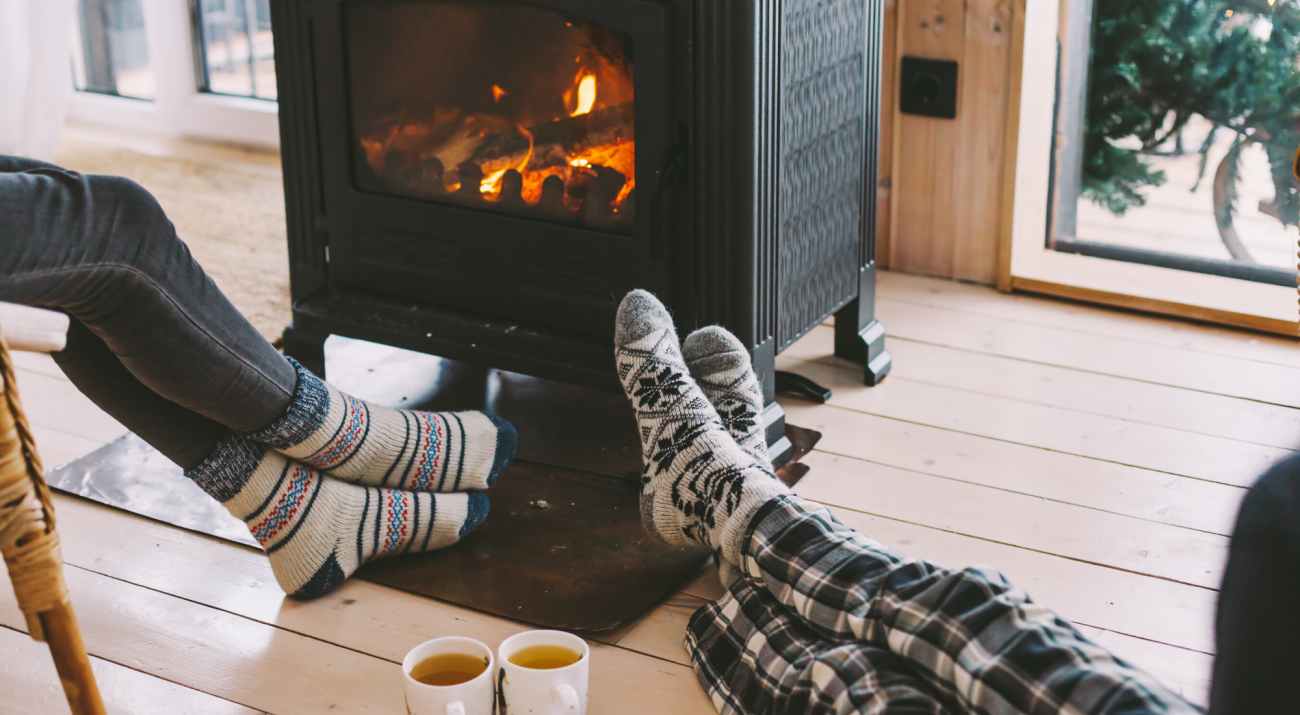Winter has whisked into 2020 fast and breezy. On average, Australians use around 38% of energy consumption just on heating and cooling the home. We have put together a bunch of tips to winter-proof your home so the warmth stays in and the chill stays out during the next few months.
1. Seal your doors.
25% of your heat is lost through drafts from your doors.
Storm seals on the front door is an effective way of keeping the wind and rain out. They work by pushing down a flap when the door closes to seal the gap between the door and the floor. There are many different kinds of seal and adhesives to seal your doors, head down to your local hardware store or call a professional to make sure you get the right one.
2. Use rugs on timber and tiled floors
Timber, tiled and polished concrete floors look great but can often be very cold underfoot. Laying thick rugs will add warmth to a room and stop the winter chills.
3. Make sure your doona is warm enough
It pays to pick good doona to keep you toasty. Wool and feather quilts are usually the warmest option, where cotton or microfibre provide lighter insulation.
4. Check for leaks and drafts
Sealing air and water leaks around your home is a super simple task which prevents cold spots and improve energy efficiency by stopping heat from escaping. Unsealed homes are vulnerable to expensive heat loss so this will save you money on your bills!
5. Close the blinds and check your windows
Much like doors, your windows also contribute to letting your heat escape so make sure your windows are well sealed. Check both the internal and external seals are in good condition by pushing hard against the windows when they are closed. If there is movement, cracks or air coming through, it might be time to replace them. Closing your blinds and having good quality blackout curtains can reduce heat loss by 10% in any given room.
6. Use door snakes on internal doors
Door snakes come in all different shapes and sizes and work by blocking the gap at the bottom of your door. A double snake stops drafts from both sides of the door by slipping under the door and blocking both inside and out. Pick these up from your local hardware store.
7. Put your ceiling fan in reverse
Most people don’t know that there is actually a reverse switch on your fan for winter. Reverse mode pushes the warmer air down, circulating the warm air making the room temperature more comfortable.
8. Insulate your roof
Installing insulation in your roof will help keep your home warm in winter and cool in summer. It is important to consider what type of insulation is best suited for your home.

